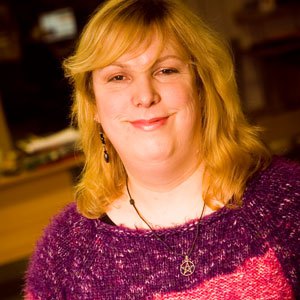
Linux bootloaders and kernel configuration
Melanie Rhianna Lewis
Linux is popular in embedded devices, but most use it once the kernel has booted and don't consider how it was started. This talk explores just what happens when you first start an embedded device that is running Linux, and will look at common bootloaders, such as U-Boot, along with kernel boot options. Finally, we will look at useful kernel configuration options for embedded devices.
Interfacing with SPI and I2C
SPI and I2C are industry standard methods of interfacing IO devices to micro-controllers and CPUs using just a few connections. SPI requires four wires and I2C just two.
This talk introduces SPI and I2C. It describes how they work and how you use them. It will look at common IO devices that connect via SPI or I2C. Finally it will look at controlling SPI and I2C devices from two example controllers, the Arduino and the Raspberry PI, in languages such as C and Python.
Melanie Rhianna Lewis started a life-long love of electronics as a child when her Dad helped her make a "crystal" radio with an ear piece, a coil of wire, a diode and a radiator! At the same time the home computer revolution started and she would lust after the "build your own computers" advertised in the electronics magazines of the time. She never got one but did end up the proud owner of a BBC Micro. Melanie learnt everything she could about the machine and including assembler, operating systems, drivers, interrupt, and, thanks to the circuit diagram in the Advanced User Guide, digital electronics. After the BBC Micro came the Acorn Archimedes and so started a long relationship with ARM processors. In the 90s Melanie became interested in Linux and then developed one of the first ARM Linux distributions running on an Acorn RISC PC. The hobby became a job and Melanie currently works for an embedded device consultancy near Bradford where a lot of her work is still with ARM processors. Recently Melanie became a sporty person and now spends a lot of her time hitting girls. She will probably bore you with tails of roller derby!
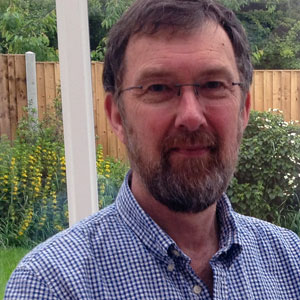
Open source archaeological geophysics - is it achievable?
Tony Brookes
The advance of technology into Archaeology has allowed geophysical surveys to "peer into the ground" and direct the diggers to the most likely "targets". However, as anyone whose watched Time Team will know, using Resistivity and Magnetometry doesn't always guarantee results. Such equipment is not usually within the financial reach of most hobbyists. However, the recent explosion of the Arduino, Pi and other cheap electronics has meant making such surveying equipment may be possible.
A small research project involving an informal collaboration between members of the Derbyshire Archaeological Society (DAS) & Derby Makers is exploring whether a high accuracy GPS unit, Magnetometer and a resistivity probe can be made and yield worthwhile results within a budget of £1,000. DAS has kindly funded this research and we are about 50% of the way through the GPS project. This talk will introduce the project and take a look at progress to date.
Tony Brookes was firstly an engineer and then worked in IT for a while (!) Now working part-time, hobbies easily fill the time available. Drawn to archaeological and historical research by way of Time Team, he now tries to apply open source software (Scribus, Inkscape, Qgis) and hardware (Arduino, et al) to investigating parish history and other interesting topics.
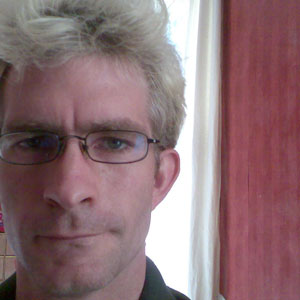
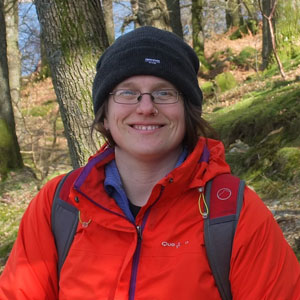
An open source aquaponics control system
Gareth Coleman and Naomi Rosenberg
Aquaponics is a closed system of food production that farms fish alongside vegetables, and this talk will look at the development of an open source aquaponics control system for the Incredible AquaGarden project in Todmorden, highlighting certain features of the design and exploring some of the difficulties encountered and how these have been addressed.
A control and monitoring system with an event-driven 'flowchart' interface will be presented, where data about aspects such as pH, temperature and light level etc. are collected and logged in order to monitor the environment. The system responds dynamically to control the level of water in the plant growing bed, to maximise the yield. Some design decisions and technical aspects of the system will be demonstrated and discussed, together with the open source model for sustaining the project.
Finally, we will look at the operational Node-RED installation in Todmorden, showing how the system is collecting readings and controlling the water level, and we'll talk about how MQTT has been used to loosely couple the code running on the Arduino with Node-RED on a Raspberry Pi.
Gareth Coleman is a inventive hardware hacker who's talent lies in connecting diverse devices. Dr Naomi Rosenberg is a freelance software developer with a background in formal logic who works on a wide variety of platforms. They both get a especially enthusiastic about open hardware, free software and empowering humans.
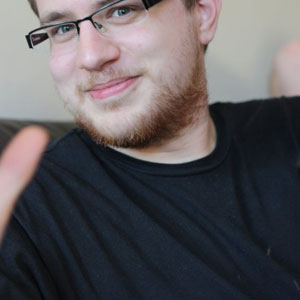
From Idea to Finished Product: A Tale of DFM and CEM
Omer Kilic (@OmerK)
With numerous easily accessible embedded platforms around and concepts such as rapid prototyping and crowdfunding now being useful things as opposed to just buzzwords, designing the Next Big Thing without leaving your study is becoming a common story for makers and tinkerers.
While it is true that going from an idea to a finished product has never been easier thanks to the abundance of design resources and affordable manufacturing services, designing for volume manufacturing requires a different mindset that usually does not apply to casual weekend hacks. From component choice to packaging and logistics, there are several elements that needs to be taken into consideration, as they may cause significant headaches otherwise.
This talk will provide an overview of electronics manufacturing process, covering details such as managing design data, handling dependencies, component and process choices, testing and certification and several other aspects of DFM: Design for Manufacturability.
Omer Kilic is an Embedded Systems hacker who likes tinkering, a lot. He also likes tiny computers, things that just work and good beer.
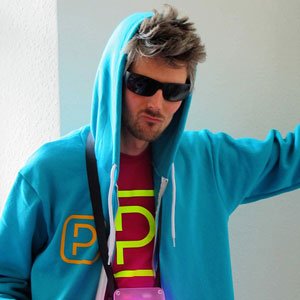
Driving milling machines with Linux
Matt Venn (@matthewvenn)
Driving a milling machine with Linux is fairly easy and LinuxCNC (previously known as “EMC”) even provides a real-time distribution install disk. However, driving the machine is only half the story and gcode generation is at least as important.
This talk will share experiences using a mill and a router with Linux, looking at PCB maufacture, engraving, 3D milling, casting, tool paths, materials, tools and parametric design.
Matt Venn has run hundreds of creative science workshops for thousands of children and adults around the world. For the last year, he has been working with teachers in preparation for the computer science curriculum changes; creating and leading courses, workshops and projects.
When he's not inventing new ways of getting people excited about science, Matthew plays music, invents puzzle boxes, practices martial arts and maintains bikes.
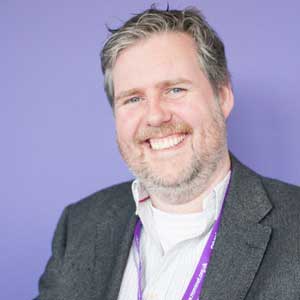
Oxford Flood Network - easier to Apologise Than to Ask Permission
Ben Ward (@crouchingbadger)
Oxford Flood Network is a citizen sensing project which monitors water levels around the city, in streams, rivers and even under floorboards, sending water levels back to the Internet using low- powered wireless.
The network explores the possibilities of a smart city that is created by its citizens, rather than a more typical top-down deployment. Sensor networks are generally used to collect data about us for reasons and agendas chosen by others, but we can build sensor networks too; crowd-sourced data can be gathered for your agenda — providing evidence for your issues.
In this talk we will hear how Oxford Flood Network has developed an open source model for hardware and software, and the challenges of sticking mysterious boxes under bridges.
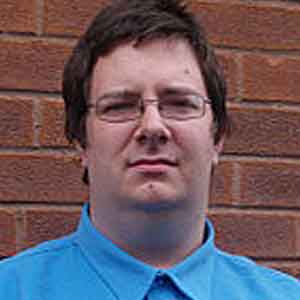
An introduction to writing applications for the Parallella board
Simon Cook (@simonpcook)
Parallella is a credit card-sized computer with a many-core accelerator that allows it to achieve high floating-point performance while consuming only a few watts. In this talk we will take a look at the Epiphany architecture and how to use the eSDK to write highly parallel applications for it, using hardware and software features to benchmark code and optimise performance.
Simon Cook leads Embecosm's work on LLVM and is author of the standard guide to the LLVM assembler. He is also an expert on low-energy compilation and is lead engineer on the MAGEEC project. Simon holds a double first class honors degree in Computer Science and Electronics from Bristol University.
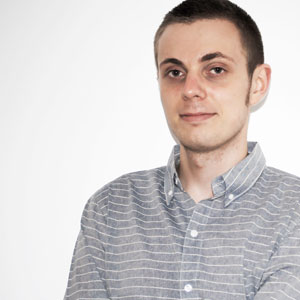
Radio Then and Pararchive: decentralised, pervasive, and open story telling
James Medd
Radio Then is a citywide cultural history experience, telling stories about Manchester’s jazz and popular music heritage using a small, Arduino-powered radio. Participants explore the city and tune in to archival broadcasts related to places, people, and events of note. In actual fact, the ‘radio’ contains GPS and audio breakouts to track its location and cue audio tracks depending on its coordinates.
The project is being created to showcase findings from Pararchive, an AHRC project being conducted by the University of Leeds, in partnership with the BBC, National Media Museum, Science Museum Group, and Manchester Digital Laboratory, among others. Pararchive represents an opportunity for members of the public to engage with archives, decentralising the material from archive holders, and offering alternative and personal perspectives on events.
James Medd is an artist, musician, and maker based in Manchester. He teaches all things digital in the north west of the UK, and creates whimsical, entertaining, and accessible interactive artworks. He currently leads Arduino Manchester, a community group for Arduino users in Manchester, and will be developing more interactive audio experiences at Watershed’s Pervasive Media Studio later this year, as a winner of their graduate and new talent competition.
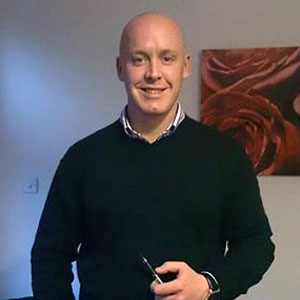
Commercialising your ideas
William Stone
Whether you're taking the time to build something fun, or have a solution to a problem you have faced, you are 'in your own right' an inventor.
One of the biggest challenges inventors face isn't making their product work, it's generating a living to continue inventing. Having spent over a decade in both sales and business development I have witnessed people use various methods to overcome this hurdle. I hope to share with you some of my experiences to provide you with some ideas you can take away and use when looking to turn a hobby or bright idea into a financial success. Our topic of conversation will take us from having a light bulb moment, to securing orders and reaping the rewards.
William Stone is the Head of Channel Strategy for hardware manufacturer, Ciseco. He is responsible for various c6mmercial areas of the business including the very familiar responsibility of growing Ciseco's rapidly expanding chain of partners and distributors. Now with 36 recognized distributors worldwide, Ciseco has a growing presence and reputation in electronics manufacturing and Internet of Things (IoT).

OpenTRV: energy technology that saves householders money
Damon Hart-Davis (@DamonHD)
The OpenTRV project aims to provide software, hardware designs and excellent interoperability to allow UK and EU householders to as much as halve their heating bills and carbon footprint with simple to fit hardware costing around £100 per house. Everything is freely available under liberal licensing — even our 3D printed enclosures — to enable adoption and cost savings.
Damon Hart-Davis gets excited about electronics, parallelism, robotics, distributed systems and resource efficiency, and solar PV and halving space-heating carbon footprint with cheap microcontrollers (OpenTRV) are two of his current passions. Damon has been working on “mission-critical” systems in banking for most of the last 20 years and before that founded one of the first UK Internet Service Providers.
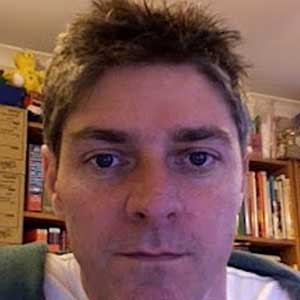
Concurrency in the real world with xCORE and XC
Alan Wood (@folknology)
There are many cases where a simple microcontroller won't cut it and the FPGA design route may be too drawn out and costly, particularly if your background is in software.
With the XMOX multi-core microcontroller architecture and toolset it's now possible to tackle complex hardware problems using familiar software and algorithms, avoiding the need to work with Verilog or VHDL. The XMOS XS1 microcontrollers provide tens of nano second resolution and deterministic, predictable, real-time operation in software. The XMOS toolset enables designs to be simulated and analysed, and signals to be monitored and scoped all within the IDE.
The XC extensions to C provide simple interfaces and tasks to write concurrent programs, taking care of nasty race conditions and parallel usage errors. xCORE open source libraries help break down complex domain-specific tasks, allowing you to focus on developing applications. While XMOS Links enable microcontrollers and boards to be chained together in a divide and conquer manner, allowing you to orchestrate your own hardware solutions.
This talk will introduce the XMOS technology and explore a selection of real world applications.
Alan Wood has been working with concurrent and distributed programming for over a decade. His recent work includes smart grid, control, and motion systems based on XMOS' concurrent technology. He is a long term advocate and moderator (aka Folknology) for xCORE and other OSHW communities, such as TVRRUG, as well as a founder of Hackspace, SHH.
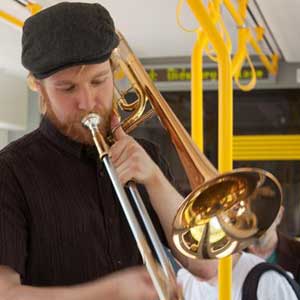
Introduction to Baserock
Sam Thursfield (@robotmakesmesad)
Baserock is a new set of open source tools for creating "appliance" operating system images. The aim is to close the gap between source code repositories and the code running on a device. This talk will go over Baserock's philosophy, what it provides and how you can try it out today.
Sam Thursfield likes it when technology is surprising in a good way but does not like it when it is surprising in a bad way. He spends a lot of time trying to reduce the amount of code that is required to do things. He has been known to play the trombone in and around Manchester.
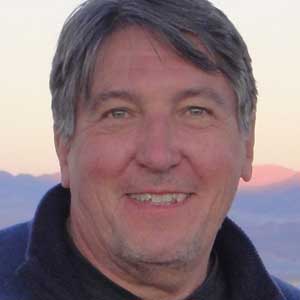
Compére
Paul Tanner (@paul_tanner)
Paul Tanner is a consultant, developer and maker in wood, metal, plastic, electronics and software. His day job is IT-based business improvement for SMEs. By night he turns energy nut, creating tools to optimise energy use. Paul graduated in electronics and was responsible for hardware and software product development and customer services in several product and service start-ups, switching to consulting in 2000.